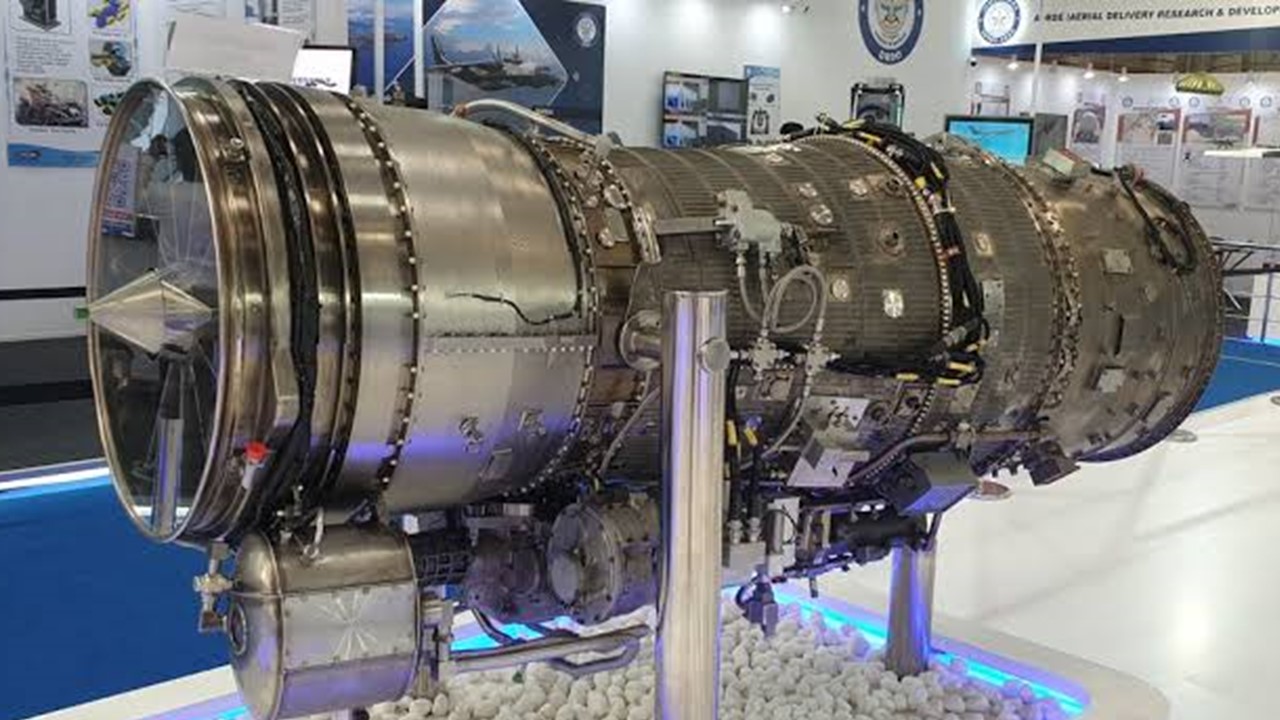SOURCE: RAUNAK KUNDE / NEWS BEAT / IDRW.ORG

In a significant leap forward for India’s aero-engine capabilities, the Defence Research and Development Organization (DRDO) joined forces with Godrej Aerospace in September 2022 to manufacture eight Kaveri engines. This collaboration marks a crucial milestone in the development of the Kaveri engine, aiming to conduct comprehensive trials before the anticipated completion of all tests by 2025.
The agreement with Godrej Aerospace signals a strategic move to accelerate the limited-scale production of the Kaveri engines. These engines represent a leap forward from earlier prototypes, which were based on the older Kaveri engine developed almost a decade ago. The Dry Kaveri engine program involved substantial modifications and improvements to address previous challenges, resulting in a more advanced and stable iteration.
Under the agreement, Godrej Aerospace is set to deliver the first set of modules for the dry Kaveri engine by March of the coming year. The first fully assembled Kaveri derivative engine, a 48 kN dry engine without an afterburner, is expected to be assembled by mid-2024.
The dry Kaveri engines produced through this collaboration are integral to the ongoing trials and advancements in aeronautical technology. These engines will undergo rigorous testing, building on the positive reports from earlier trials in Russia’s Baranov Central Institute of Aviation Motor Development in February 2023. Reports indicated that the latest Kaveri engine demonstrated improved stability and successfully addressed noise-related issues encountered in previous versions.
The collaboration between DRDO and Godrej Aerospace extends beyond the current phase. Plans are underway to develop a new afterburner module capable of generating a thrust of 73-75kN. This technological advancement aims to facilitate limited developmental trials onboard an LCA-Tejas Prototype by 2028, representing a significant step forward in technological demonstration.
The roadmap for the Kaveri engine includes a broader vision for the Kaveri-2 engine, generating a thrust of 90-95kN. This enhanced capability positions it as a potential substitute for the current GE-F404 engines, providing increased thrust for platforms like the LCA-Tejas Mk1A.
NOTE : Article cannot be reproduced without written permission of idrw.org in any form even for YouTube Videos to avoid Copy right strikes. Websites doing illegal reproductions will get DCMA and Legal Notices.